The Yakovlev Yak-38 (Russian: ??????? ??-38; NATO reporting name: "Forger") was the Soviet Naval Aviation's only operational VTOL strike fighter aircraft in addition to being its first operational carrier-based fixed-wing aircraft. It was developed specifically for, and served almost exclusively on, the Kiev-class aircraft carriers (heavy aviation cruiser in Russian classification).

A Soviet Navy Yak-38 landing aboard Novorossiysk
Role
VTOL Fighter aircraft
National origin
Soviet Union
Manufacturer
Yakovlev
First flight
1971
Introduction
1976
Status
Retired, 1991
Primary user
Soviet Navy
Produced
1975–1981
Number built
231, including
Yak-38U – 34
Yak-38M – 52
Design and development
Designed by the A.S. Yakovlev Design Bureau JSC, the first drawings showed a supersonic aircraft strongly resembling the Hawker P.1154 in study in the United Kingdom, but with two R27-300 engines. Supersonic performance would have implied many difficulties of development, and it was decided to initially develop a relatively simple aircraft limited to Mach 0.95. Although the Yak-38 and Yak-38M were developed from the land-based Yakovlev Yak-36, the aircraft had almost nothing in common.
The prototype VM-01 was finished on 14 April 1970. Though outwardly similar to the British Hawker Siddeley Harrier, it followed a completely different configuration. Together with a vectorable thrust engine in the rear used during flight, two smaller, and less powerful, engines were housed in the front portion of the fuselage and used purely for takeoff and landing.[note 1]
The Yak-38 possessed an automatic ejection seat. If one of the takeoff engines failed or the aircraft rolled past 60 degrees the pilot was automatically ejected from the aircraft
Operational History
The majority of Yak-36M initial production deliveries were to the 279 OKShAP (Otdelny Korabelny Shturmovoy Aviatsionny Polk, Independent Shipboard Attack Air Regiment), initially based at Saki, the AV-MF's training centre in Crimea.
In July 1979, Minsk arrived in the Sea of Japan, where the vessel was home-ported at Strelok Bay, the Yak-38 component of its air wing thereafter being provided by the 311 OKShAP subordinate to the Pacific Fleet.[clarification needed]
In September 1982, Novorossiysk – the third Kiev-class carrier – was commissioned. By now the V/STOL technique had been well practised, and the resulting increase in the Yak-38's overall performance and capability was exploited during the passage of Novorossiysk from Severomorsk to join the Pacific Fleet. A pair of armed Yak-38s operating from Minsk intercepted aircraft from the U.S. carrier Enterprise over the Arabian Sea on 16 December 1982. This event marked the first time Soviet VTOL aircraft intercepted American aircraft while armed with missiles.[1]
In a maritime context, the Yak-38 was not limited to the decks of Kiev. In September 1983, AV-MF pilots operated from the civilian Ro-Ro vessel Agostinho Neto, and NII-VVS pilots conducted further tests from another Ro-Ro vessel, Nikolai Cherkasov. In both cases, use was made of a heat-resistant landing platform; further land-based trials tested the practicality of dispersed landing platforms, in a similar concept to the British Royal Air Force's Harrier operations in West Germany.[2]
Variants
Yak-36M "Forger"
The initial pre-production version, differing slightly from the Yak-38. It weighed only 6,650 kg (14,660 lb) compared to the Yak-38's 7,370 kg (16,250 lb) and the engines were slightly less powerful.
Yak-38 "Forger-A"
The Yak-38 was the first production model, it first flew on 15 January 1971, and entered service with the Soviet Naval Aviation on 11 August 1976. A total of 143 Yak-38s were produced.
Yak-38M "Forger-A"
The Yak-38M was an upgraded version of the Yak-38, the main difference being the new Tumansky R-28V-300 and Rybinsk RD-38 engines. The maximum takeoff weight in VTOL was increased from 10,300 kg (22,700 lb) to 11,300 kg (24,900 lb) (12,000 kg (26,000 lb) in short takeoff mode). The air intakes were slightly widened and the underwing pylons reinforced to carry a 2,000 lb (910 kg) weapons load. The Yak-38M entered service with the Soviet Naval Aviation after June 1985, a total of 50 Yak-38M being produced.
Yak-38U "Forger-B"
Two-seat training version of the Soviet Naval Aviation. This version differed from the basic aircraft in having an enlarged fuselage to accommodate a two-seat cockpit. The Yak-38U entered service on 15 November 1978, a total of 38 Yak-38U being produced, with the 38th aircraft being delivered in 1981.
Unbuilt projects
Yak-39
Multi-role VTOL fighter/attack aircraft project dating from 1983, employing one R-28V-300 and two RD-48 engines, PRNK-39 avionics suite; S-41D multi-mode radar, larger wing, increased fuel capacity and expanded weapons options based around Shkval or Kaira PGM designation systems.[2]
Operators
 Soviet Union
Soviet Union
•Soviet Navy
•Soviet Naval Aviation
Controls
Activation Group 1 : Main Engine
Activate Group 2 : VTOL Engine
Activate Group 3 : Nav Light
Activate 4 : Aux Tank
Activation Group 5 : Drop Tanks
Activate Group 6 : Wings
Specifications
General Characteristics
- Created On Android
- Wingspan 23.1ft (7.0m)
- Length 52.4ft (16.0m)
- Height 14.2ft (4.3m)
- Empty Weight 14,190lbs (6,436kg)
- Loaded Weight 17,047lbs (7,732kg)
Performance
- Power/Weight Ratio 4.086
- Wing Loading 64.5lbs/ft2 (314.8kg/m2)
- Wing Area 264.4ft2 (24.6m2)
- Drag Points 4043
Parts
- Number of Parts 156
- Control Surfaces 5
- Performance Cost 805

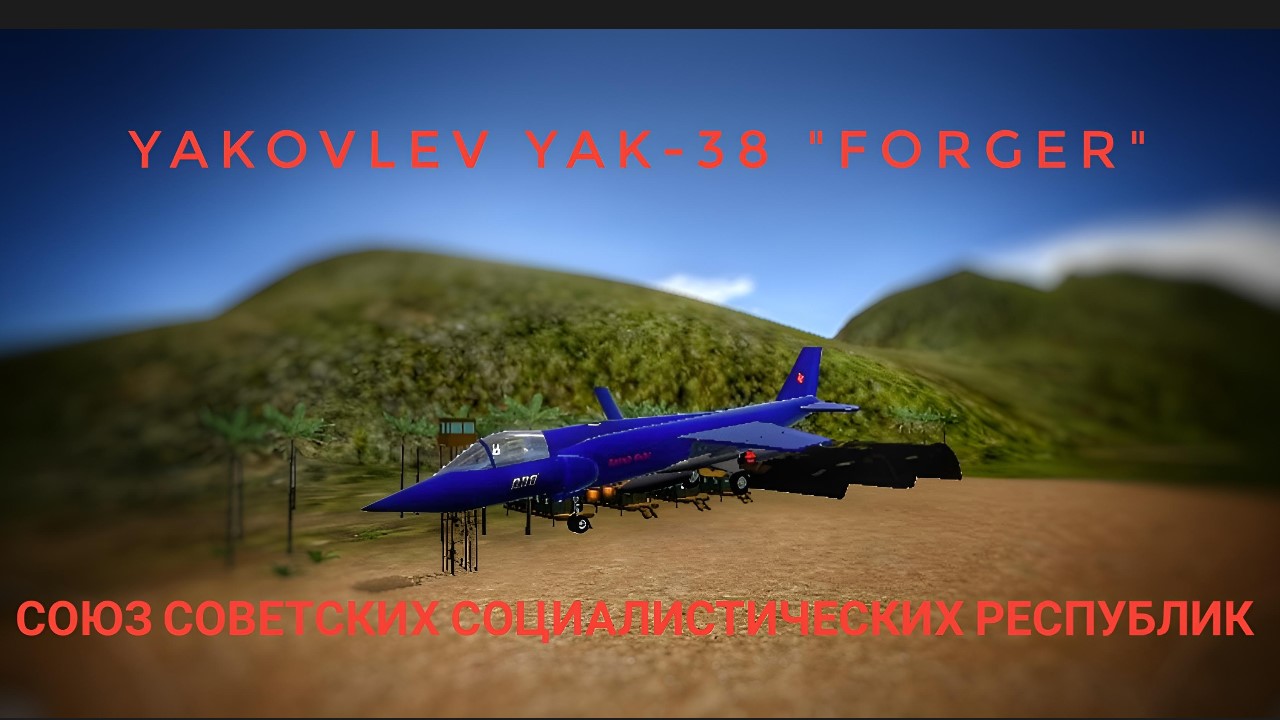
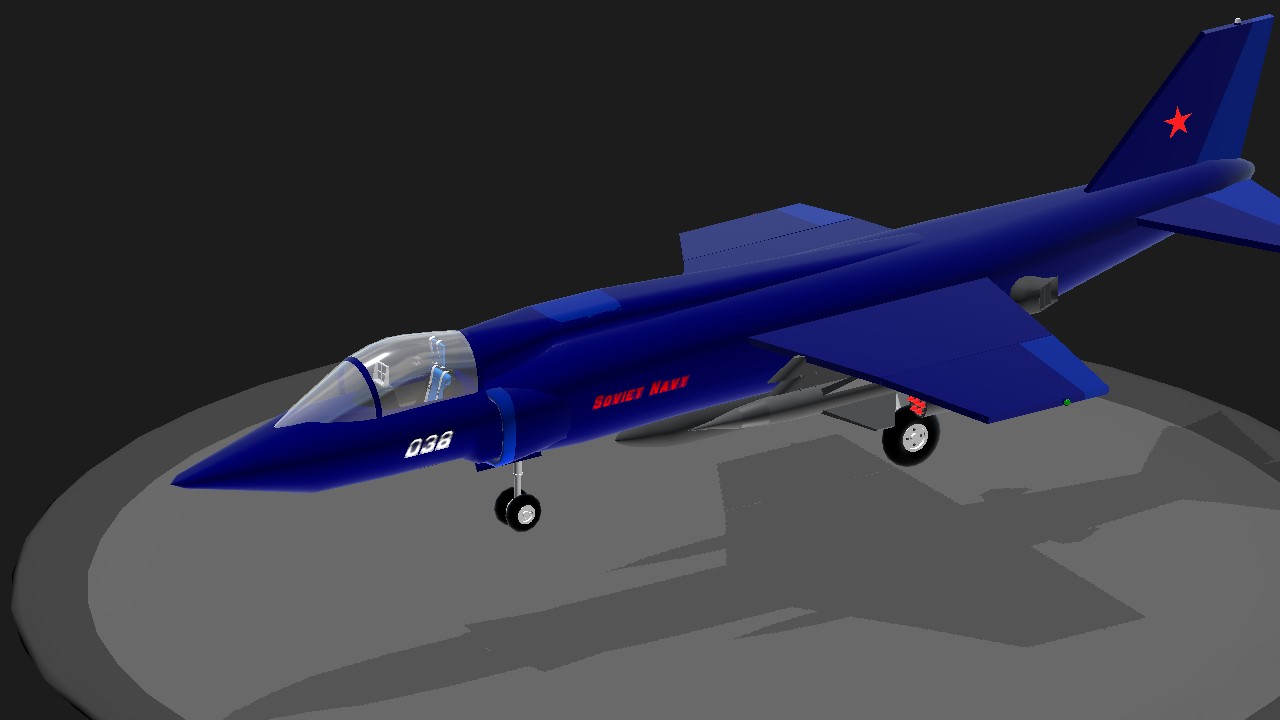
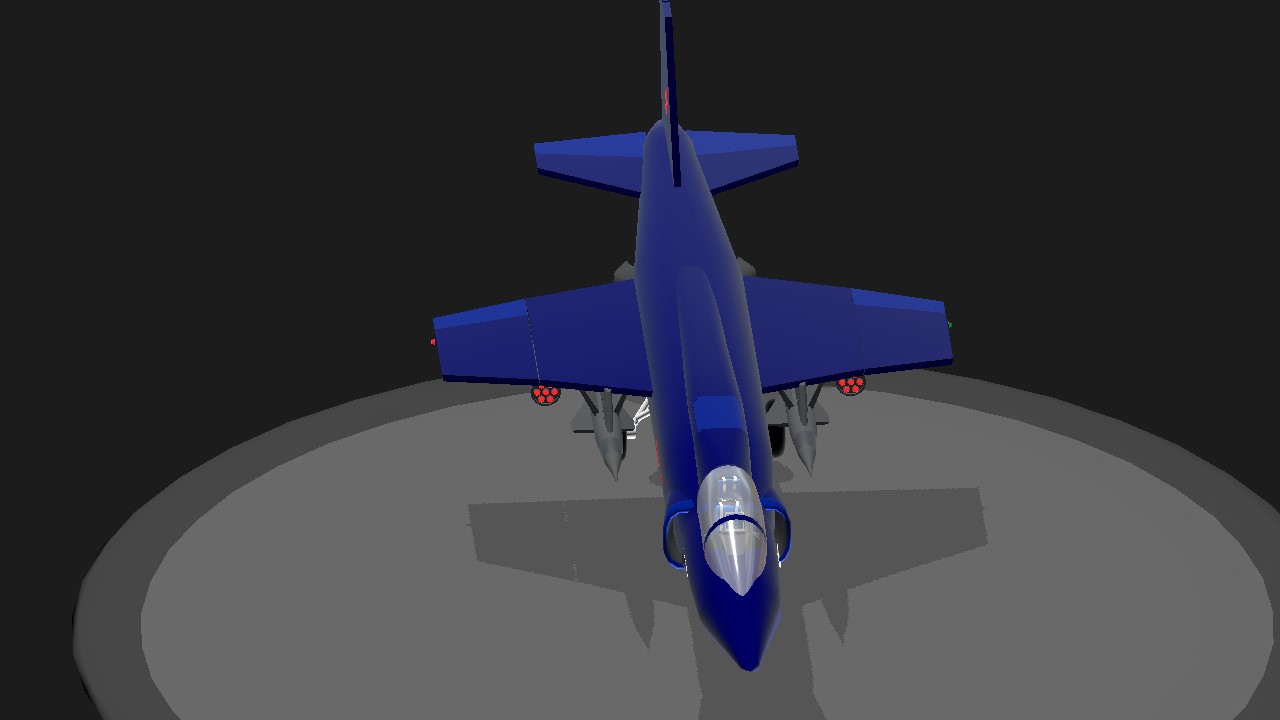

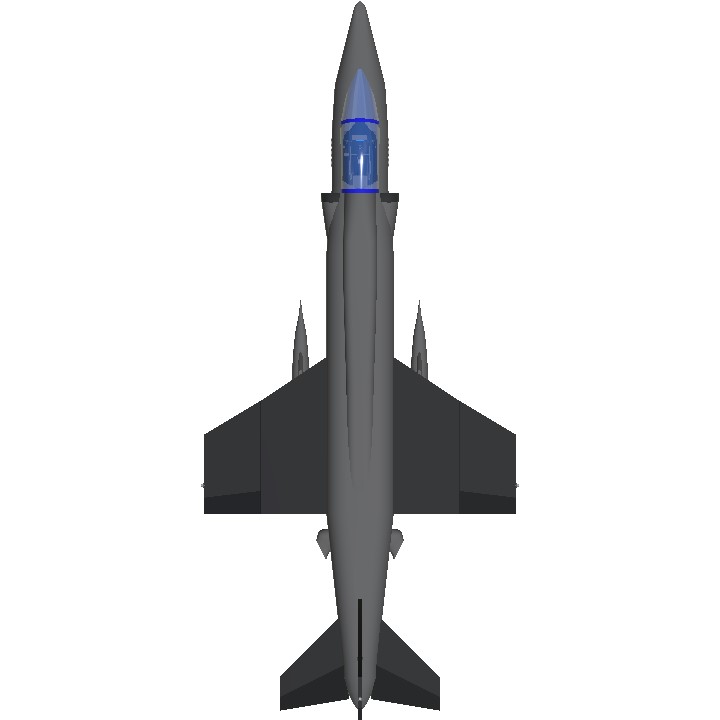
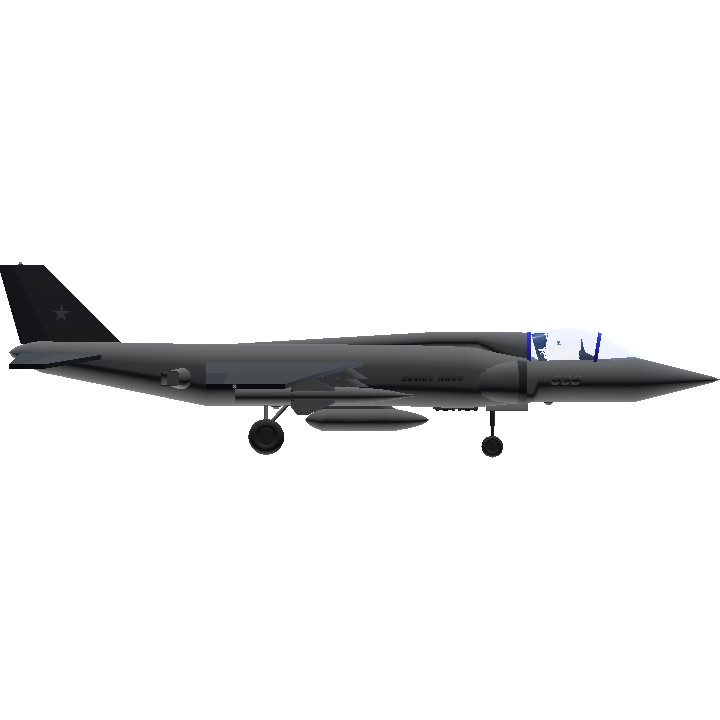
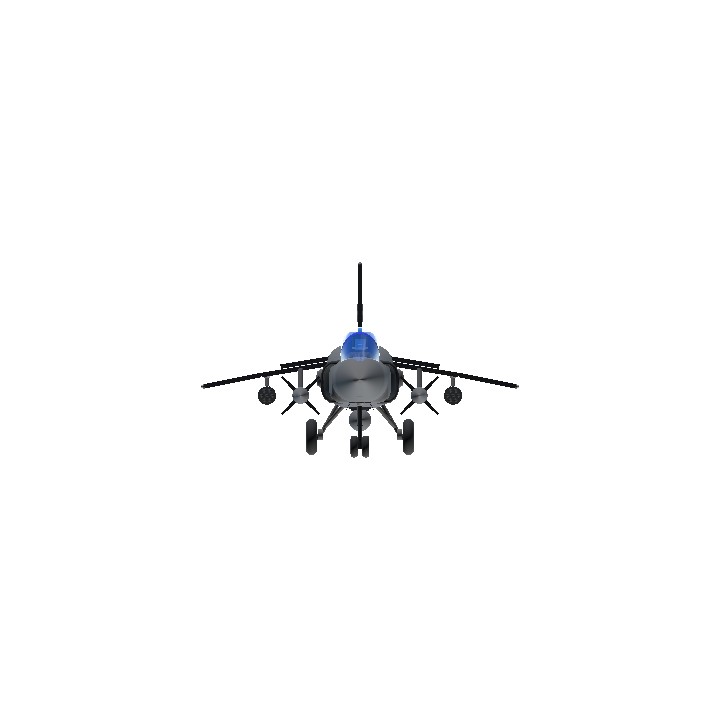
dam
Bruh the soviet version of harrier